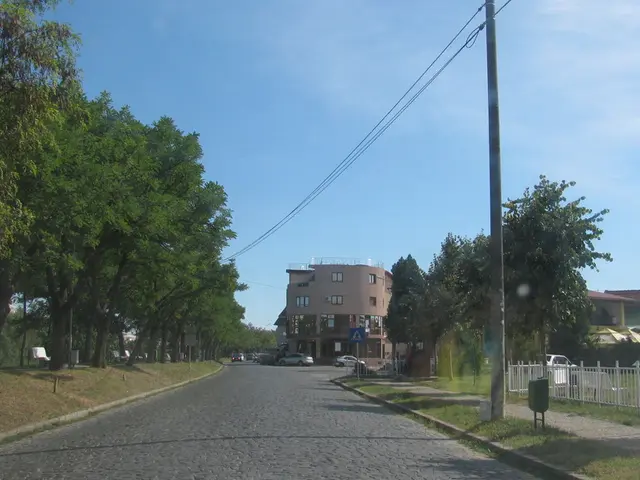SEPA Report Aims to Streamline EV Grid Export Regulations
The electric vehicle (EV) landscape is evolving, with more vehicles expected to feature 'onboard' inverters in the coming years. Meanwhile, at least eight states are exploring energy export from EVs and electric buses to balance renewable generation. The Smart Electric Power Alliance (SEPA) has released a report, 'Interconnection guidance for residential bidirectional EV charging: A utility-informed resource for regulators', to help regulators prepare for broader EV adoption and grid exporting capabilities.
SEPA recommends mandating interconnection for all bidirectional charging systems to facilitate grid export compensation, dynamic rates, and integration into virtual power plants. The report focuses on residential bidirectional EV charging, advising proactive regulation. It provides three technical definitions for bidirectional charging systems - 'Non-parallel', 'Parallel, non-exporting', and 'Parallel, exporting' - to clarify regulatory language.
The report is a result of collaboration between SEPA and utilities such as Avista, Georgia Power, National Grid, and PacifiCorp. It aims to guide regulators in accommodating the growing number of EVs and their potential to export energy to the grid.
As EV adoption increases, so does the need for clear regulation surrounding bidirectional charging systems. SEPA's report offers a comprehensive resource for regulators, defining key terms and outlining the benefits of interconnection for both utilities and EV owners. With at least eight states exploring energy export from EVs, proactive regulation is crucial to harness the full potential of electric vehicles in balancing renewable generation.
Read also:
- Germany Launches HoLa Project for Megawatt Charging on A2 Motorway
- Munich Airport Unveils Its New Electrical Vehicle Charging Parksite
- Clean Energy Facilities by Constellation Offer Close-to-Impeccable Summer Stability, Reinforced by $7 Billion in Capital Infusions Over the Past 10 Years
- Vehicle electrification and bidirectional charging technologies could potentially reduce EU energy expenses by a staggering €22 billion annually by the year 2040.








